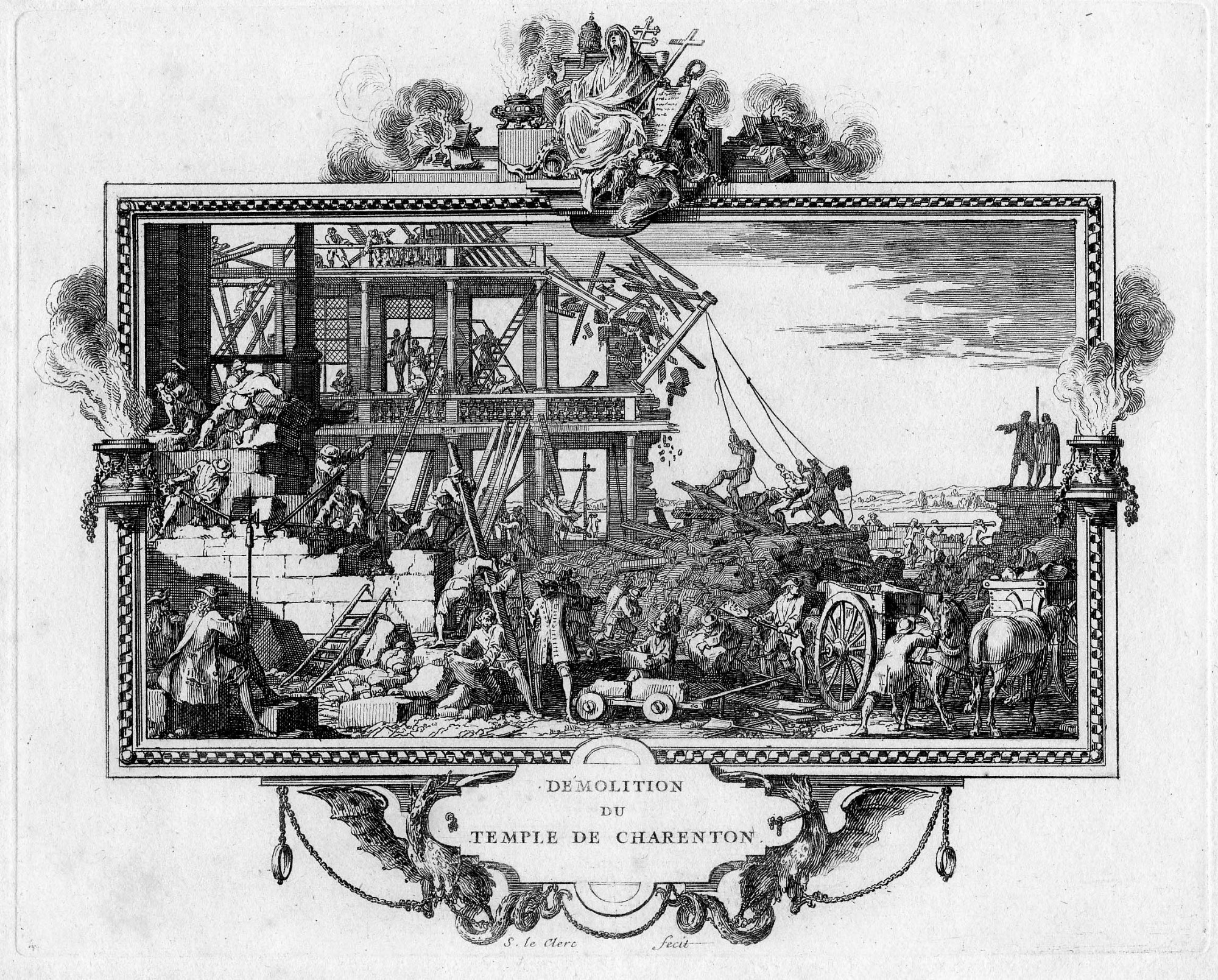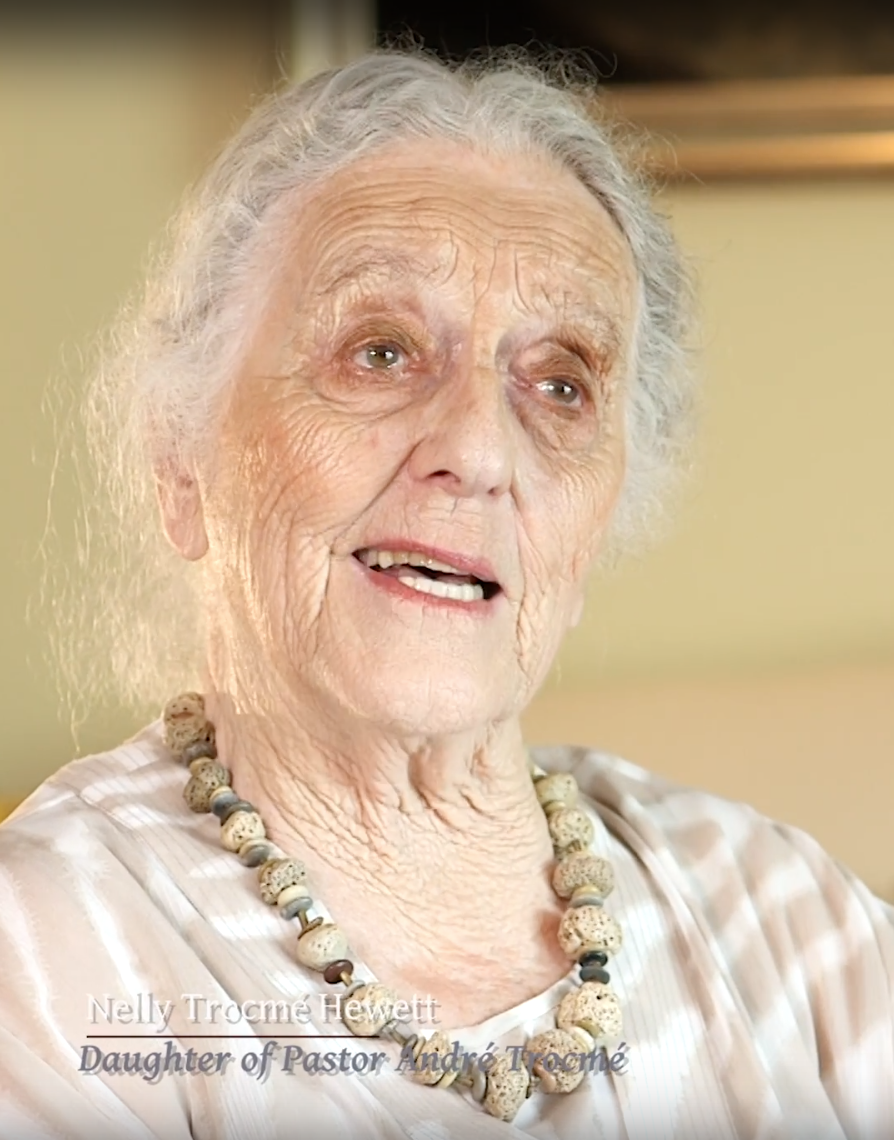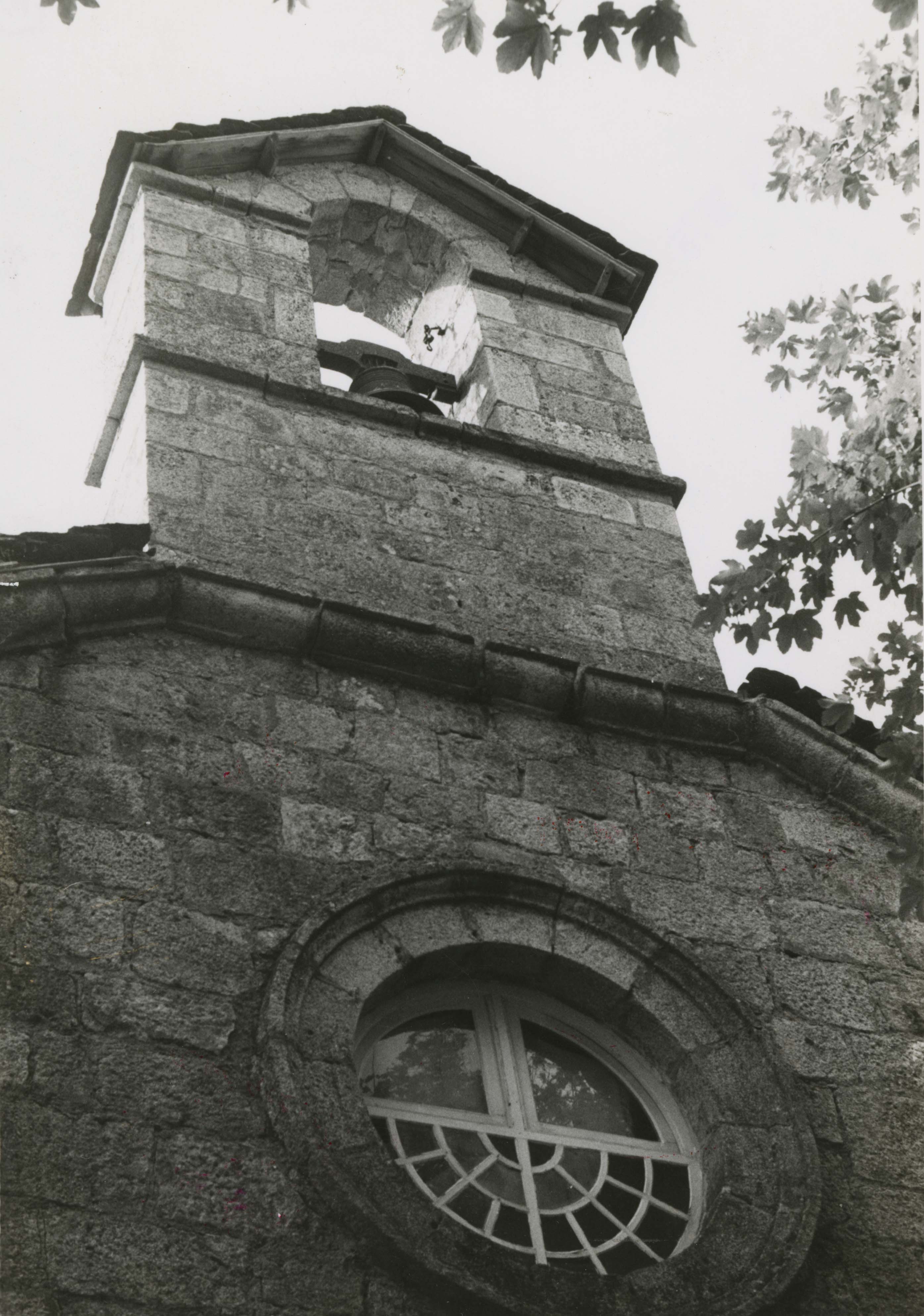Protestant Persecution
How do you think the history of the Plateau contributed to its unique role in WWII? What role do you think religion played in influencing the rescuers?The Plateau had been a place of refuge for French Protestants escaping Catholic persecution since before the Edict of Nantes was signed in 1598. This decree granted the Calvinist Protestants of France (also known as Huguenots) significant rights for the first time. In the mid-17th century their lives became tenuous once more when King Louis XIV embarked on a plan to kill or convert all French Protestants to Catholicism. This period of intolerance culminated in the revocation of the Edict of Nantes in 1685. Preachers were subject to the death penalty and followers risked slave labor during le Désert (the Desert), the period and places of worship when Protestantism was forbidden from 1685 to 1787. The geographic isolation and inaccessibility of the Plateau made it an ideal refuge for Huguenots to hide and congregate.




